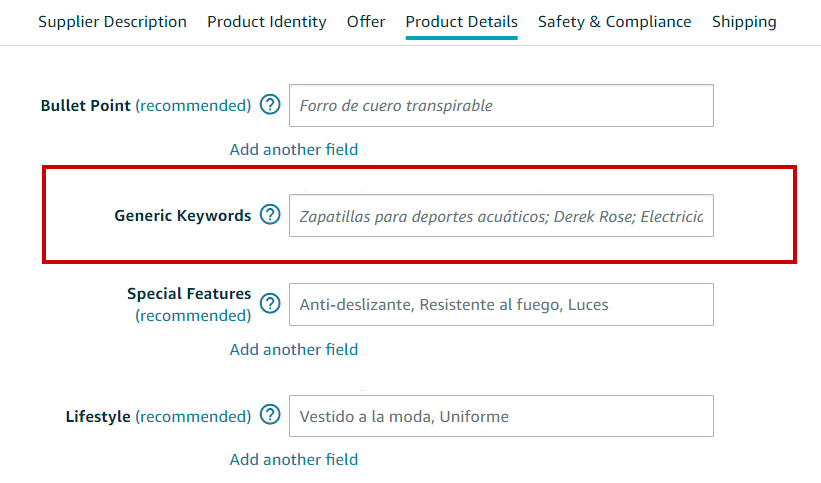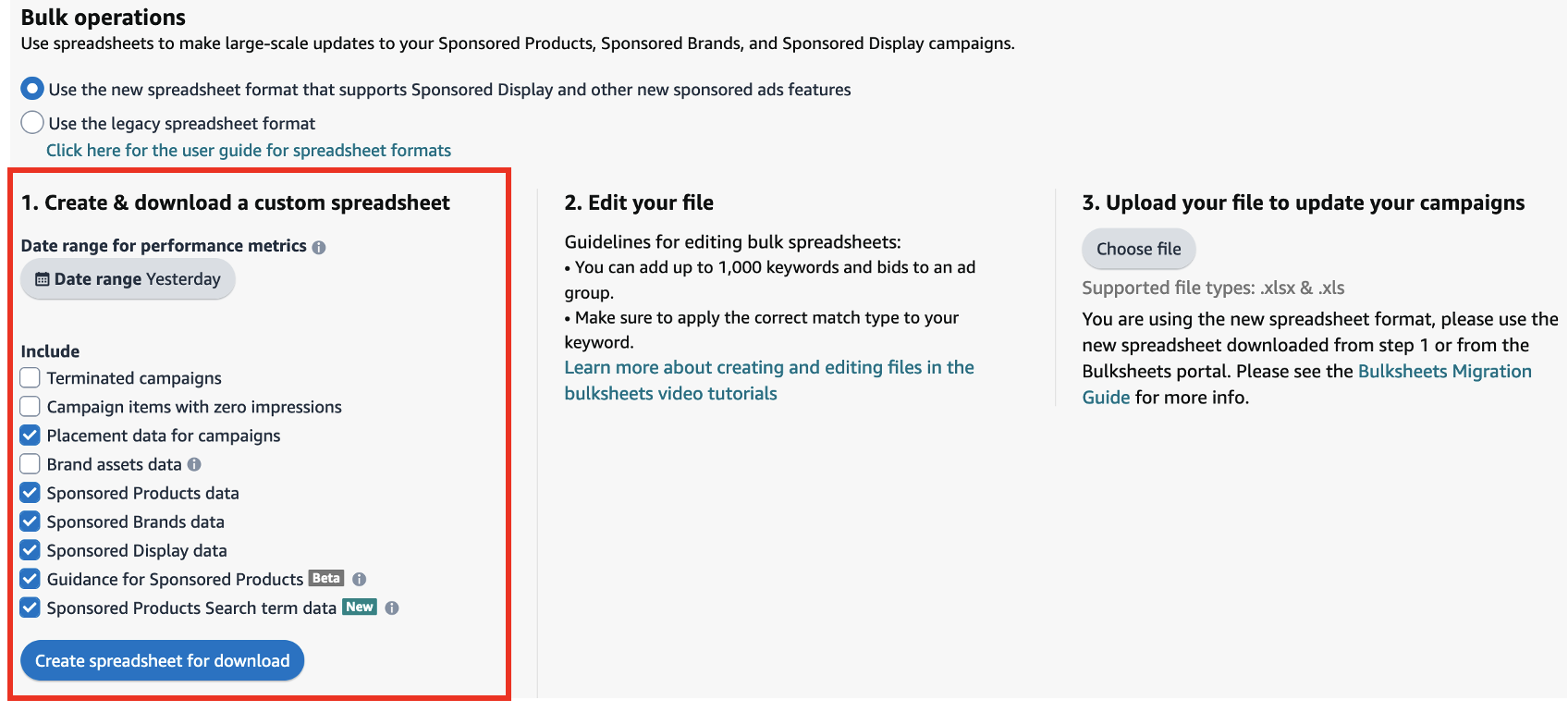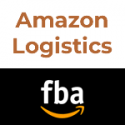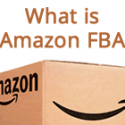Did you know that Amazon sellers keep their Amazon backend keywords hidden to amplify their product visibility? Yes, they're the only product information content being indexed by A9's algorithm but now shown on the product detail page.
Table of Contents
And these hidden phrases are crucial for optimizing product discoverability and boosting sales.
Subscribe & get 18 discounts for Amazon tools (up to 80% off)
My article provides an in-depth guide on best practices for using Amazon backend keywords effectively. I'll delve into understanding what backend terms are, the ideal keyword length and how to avoid keyword duplication or get your keywords removed before sending them to Amazon.
Additionally, I'll explore different methods of Amazon keyword research and how to analyze search term reports efficiently. As usual: go go go!
Understanding Backend Terms
Backend Terms or Backend Keywords aren't just ordinary keywords but a powerhouse to boost your product's visibility on Amazon, making it easier for potential customers to find you.
They're hidden quietly behind your listing, diligently working their “magic” by targeting specific search phrases that customers use. When used effectively, these secret soldiers can drastically elevate your listing optimization game. They enhance the Best Seller Rank (BSR), ensuring that your product stands tall amidst its competitors.
Every time a potential buyer types those unique set of words into Amazon's search bar, your product has a chance to appear before them. So you see, being part of this elite circle that understands the power of Amazon backend keywords gives you an advantage over others who might ignore or underestimate this vital factor. Especially because most of the Sellers don't even know they exist!
Let's shift our focus into understanding another critical aspect: the ideal length for these impactful Amazon backend keywords.
Pro Tip: Use Amazon's Top Search Terms Reports (under Brands menu) to find the top keywords
What about Platinum Keywords?
Years ago there was this exclusive program for Platinum Sellers, meaning the top of the tops and best sellers on Amazon. Platinum Sellers would have access to some exclusive features. One of them where the Platinum Keywords, now deprecated and obsolete since 2016.
So, nowadays, you only have Backend Keywords aka Search Terms.
Ideal keyword length for Amazon Backend Keywords
You've got to remember that the sweet spot for your hidden phrases or search terms is 250 bytes or characters, penned down in lowercase and spaced out appropriately.
This ideal length for Amazon backend keywords ensures optimal visibility and ranking on Amazon's search engine. It might seem like a task, but it's not as complicated as you may think.
- Remember: each character counts towards the 250 byte limit so, consider every character carefully.
- Include high-performing keywords within this limit without redundancy. Those who cannot be included on your title, bullet points and description
- Punctuation is allowed but does not count towards your character total. As Amazon itself stated in a Seller webinar in Spain: you don't need to separate backend keywords using commas, so use spaces instead
- Foreign language characters can take up more space, so be mindful if your listing targets multiple regions. A nive tip is to use Spanish keywords if you're selling on the US, as there's a lot of Spaniards buying there. Same for Spain, for example. You can use English, French or German words.
- Make sure you adhere strictly to Amazon's guidelines regarding Amazon backend keywords: no brands, no product-registered keywords & no forbidden keywords
- Plurals: you don't need to use them, just use the single words instead
As we move forward from understanding ideal keyword lengths, let me go now for the “how to avoid unnecessary duplication of keywords between frontend and backend sections” chapter.
Pro tip: if you're a Vendor, backend keywords are located on the “Product details” tab, there's not a “Keywords Tab”. They're called “Generic Keywords” instead of “Search Terms”
Avoiding keyword duplication
While working on your product listing, it's essential to refrain from repeating the same phrases in both the frontend and backend sections. This is known as keyword stuffing (a black hat SEO technique) and can actually harm your product's visibility on Amazon.
Your goal should be to use unique keywords in these sections that potential customers might use when searching for products similar to yours. Using a synonymous search tool sounds like a good idea, for example, MerchantWords' keyword multiplier.
Here's an easy-to-remember table:
Frontend | Backend | Effect |
Unique | Unique | Increased visibility |
Duplicate | Duplicate | Decreased visibility |
Unique | Duplicate | Moderate visibility |
This illustrates how using unique keywords across different parts of your listing can enhance your product's online presence, while duplication can lead to its obscurity or, in the worst case scenario: keyword or ASIN deindexation.
Quoting Amazon's words:
Keyword repetition (also known as keyword stuffing) can be counterproductive and work against you […] Keyword stuffing is bad SEO practice and can now can incur penalties and a loss of potential customers
Many sellers have seen noticeable improvements by adopting this approach. Not only does it adhere to Amazon's guidelines, but it also ensures a wider reach amongst potential customers by covering more relevant search terms.
Now that you understand the importance of avoiding keyword duplication, let's go for the methods for finding those optimal Amazon backend keywords.
Keyword research methods for Amazon Backend Keywords
As an SEO myself (I've been doing SEO for my clients both for Google and for Amazon) I master the keyword research art. Well, at least, I try.
If you don't know where to start, it's easy: analyzing the Amazon Search Term report (on Amazon Ads) and using third-party seller tools like Epinium, Helium 10, Jungle Scout or Merchant Words that have been designed to simplify matters for you.
Amazon Search Term report
The Amazon Search Term report is an invaluable companion on your quest. It provides insight into what keywords potential customers are using to land on your product listing on your ad campaigns, so you can strategically optimize your Amazon backend keywords for increased visibility and sales.
Third party Seller tools
Third-party seller tools also come handy in keyword research. These are specialized software developed by experts who know the ins and outs of Amazon's algorithm. They analyze millions of data points to suggest profitable keywords that could boost your product ranking. I particularly love Merchant Words, as it's mostly a keyword research focused tool.
But remember: analyzing the data effectively is crucial. It's not just about adding keywords like a “loco”.

Analyzing Search Term Reports
This data treasure gives you an edge over your competitors by helping you understand customer behavior like never before. In the end, it's a report about what your customers are using to search for your products (and buy them) in the platform.
I always advise my clients to take a period of 7-10 days for report generation offers a robust dataset, providing enough time for trends to emerge and patterns to form.
As you continue to analyze these reports diligently, don't forget to keep optimizing your Amazon backend keywords accordingly. This ongoing process is key to keeping up with changing conversational currents within our community, because people and language are always evolving.
For example, adding keywords such as “tiktok trend”, “tiktokmademebuyit” or “as seen on Temu” may be relevant for some products.
Final Thoughts
Mastering Amazon's backend keywords is crucial for optimizing product visibility and boosting sales.
- Remember, keep your phrases within the 250-byte limit, steer clear of keyword duplication, and utilize the Search Term report or third-party tools like Epinium for effective keyword research.
- By analyzing data over a 7-10 day period, you're set to identify high-performing and negative keywords accurately.
- With these practices in place, you're on your way to enhancing your Best Seller Rank!
More posts
About the author
Jordi Ordonez
I work as an independent eCommerce and Amazon consultant.
Clients
Estrella Damm, Intersport, Bella Aurora, Lladró, Textura Interiors, Nice Things Palomas, Castañer, Due-Home and many other clients.
Lecturer & Teacher
I teach and have been a speaker at: Meet Magento, Prestashop, Prestashop Day, SEMRush, Cambra de Comerç Barcelona, ClinicSEO, Ecommbeers, Ecommbrunch, Ecommercetour.com, Ecommfest, EOI, ESIC-ICEMD, Foxize, Generalitat de Catalunya, Inesdi, Quondos and The Valley. In addition, I have done in-company trainings for brands such as Orange and Adidas.
Writer
I collaborate writing articles for Helium 10 blog, Shopify, SEMRush, La Vanguardia, eCommerce-news.es, Marketing4ecommerce...
Partner
Helium 10, Jungle Scout, Avask, Sellzone, Helium 10 Seller Solutions Hub Partner, SaaS4Marketing, H10-wp.com and FBASuite.com
Social
LinkedIn, Twitter, Wikipedia, Youtube, Quora, ISNI 0000000513224289, About Jordi Ordonez










